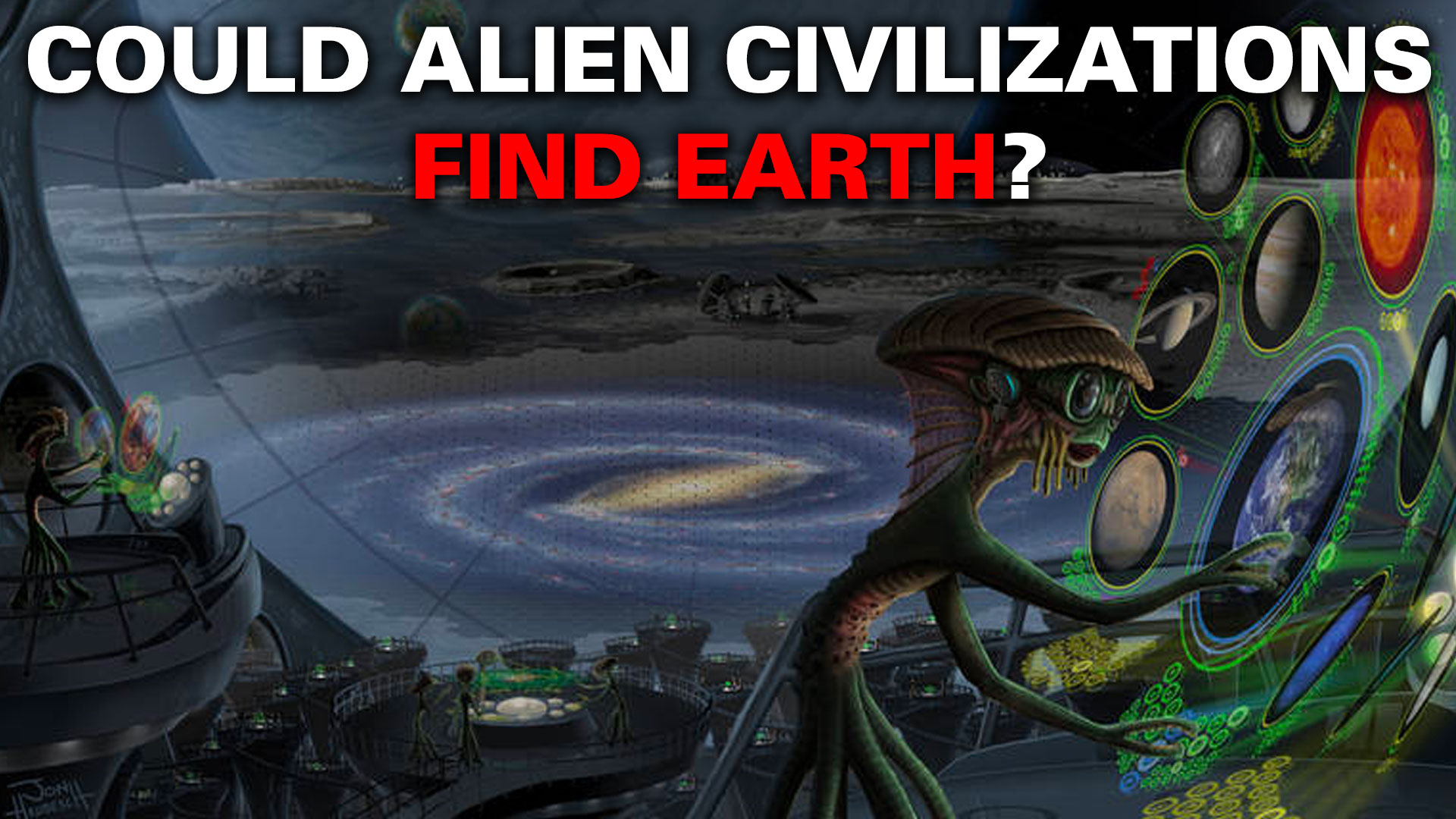The hunt for aliens goes hand in hand with the hunt for habitable planets. Astronomers are on the hunt for exoplanets with atmospheric chemicals that could be a sign of an advanced civilisation. These chemicals, known as technosignatures are found on Earth and are the result of burning fossil fuels. A team of researchers have been exploring Polycyclic Aromatic Hydrocarbons and whether they could detect them.
Continue reading “Could We Detect Advanced Civilisations by their Industrial Pollution? Probably Not.”Could We Detect Advanced Civilisations by their Industrial Pollution? Probably Not.










